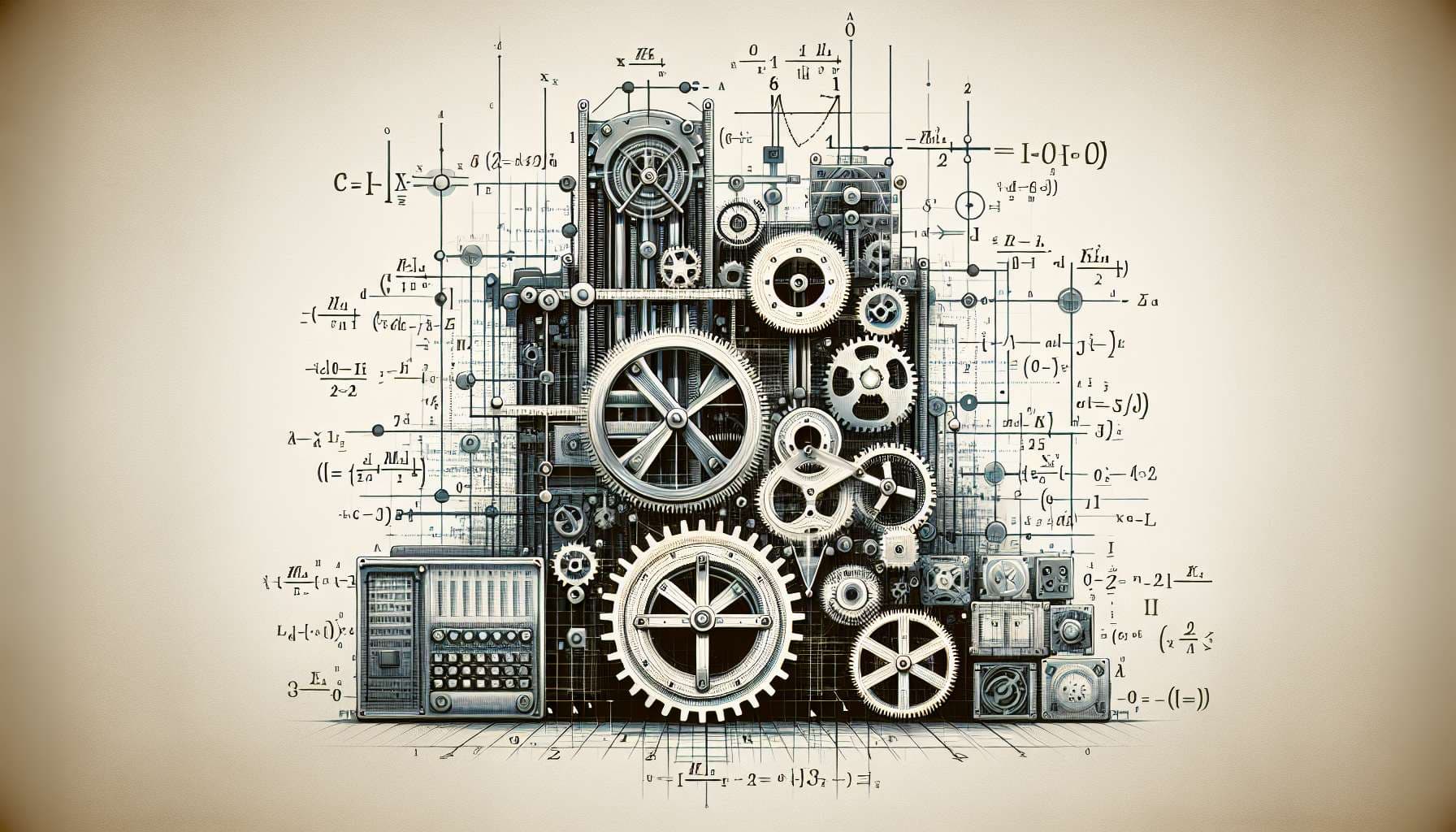
I'll specify an implementation if necessary, but I'd expect they all have similar asymptotic behavior.
Resolves once a proof is known that it's within any of these ranges, even if we don't know exactly where in that range. If it seems unlikely that we'll ever narrow it down to a single range but we've at least proven that it's not some of the other ones, I may resolve to multiple. If it doesn't converge at all, resolves N/A.
If we're able to prove that the long-term fraction is bounded by some constant but doesn't converge within those bounds, this market resolves to that range. For example, if after a million states the fraction never leaves the [40%, 60%] range but never settles down any further, this market resolves to those two options in equal proportion. The "doesn't converge" answer is only for cases where we're unable to rule out anything at all.
See also /IsaacKing/what-fraction-of-turing-machines-im-f038c705880f